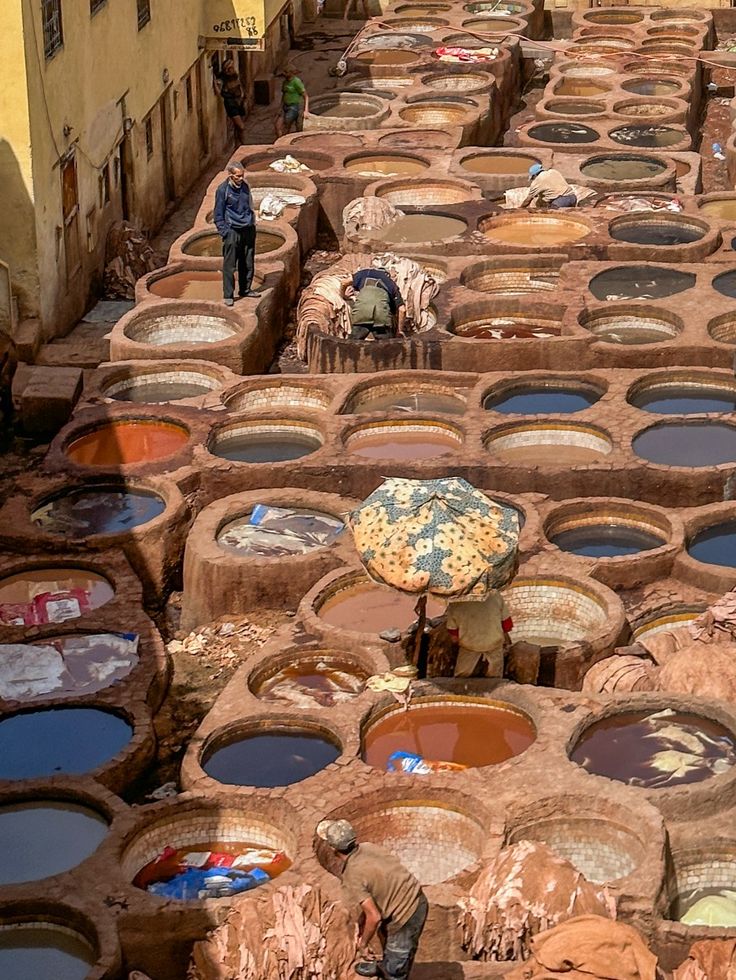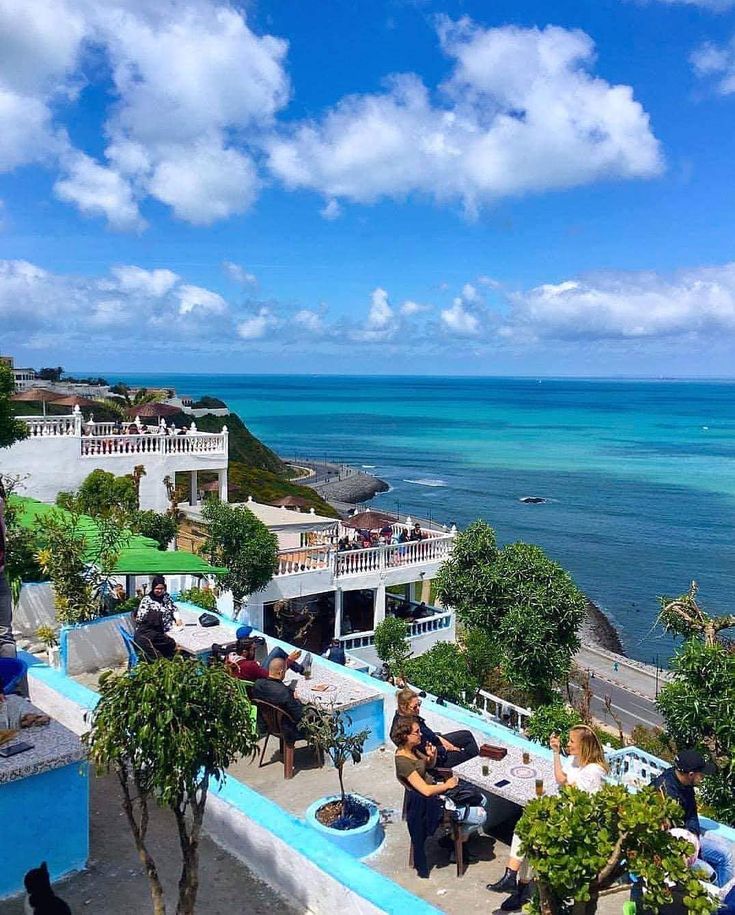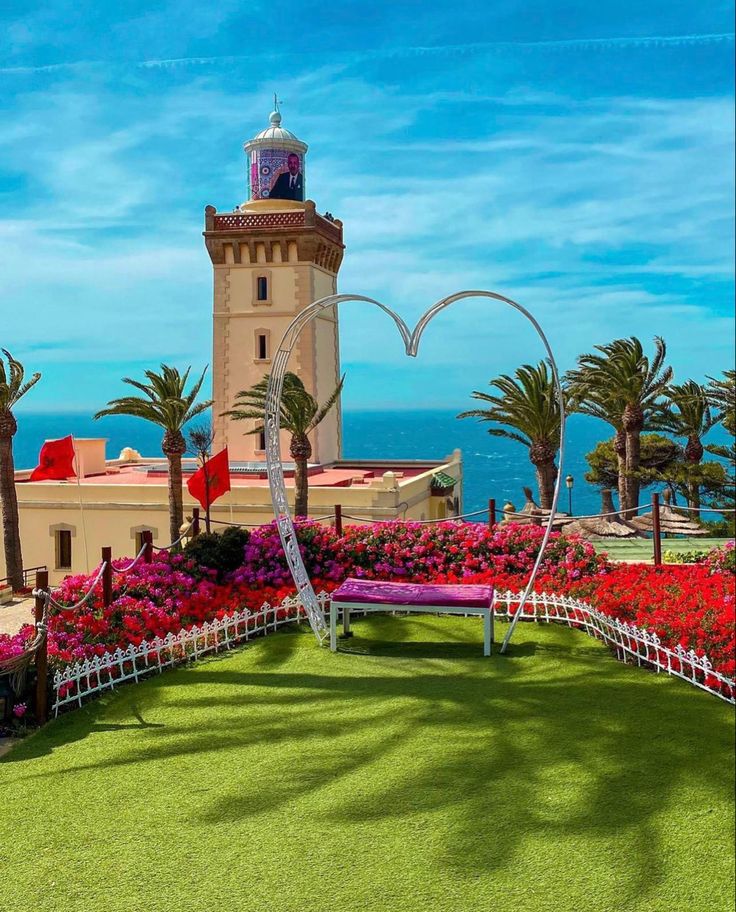
Fes
Fes: Morocco’s Timeless City of Culture and Craft
Fes, often referred to as the spiritual and cultural heart of Morocco, is a city that transports visitors through time. Known for its ancient medina, vibrant souks, and exquisite craftsmanship, Fes is a treasure trove of history and heritage. As one of Morocco’s imperial cities, it holds a unique position in the country’s identity, blending its medieval past with modern influences.
Whether you’re wandering its labyrinthine streets, marveling at its ornate architecture, or indulging in its culinary delights, Fes offers an immersive experience like no other. In this blog, we’ll explore the city’s history, must-visit sites, cultural highlights, and practical tips to make your journey unforgettable.
1. A Glimpse into Fes’s History
Fes was founded in the 9th century by Idris I, the founder of the Idrisid dynasty, making it one of Morocco’s oldest cities. Its strategic location at the crossroads of trade routes and its proximity to fertile lands allowed Fes to thrive as a center of learning, religion, and commerce.
During the 13th and 14th centuries, under the Marinid dynasty, Fes reached its zenith, with the construction of grand madrasas, mosques, and palaces. The city’s reputation as a center of Islamic scholarship attracted students and scholars from across the Islamic world.
Today, Fes is recognized as a UNESCO World Heritage Site, and its medina, Fes el-Bali, is one of the largest and best-preserved medieval cities in the world.
2. Exploring Fes el-Bali: The Heart of the City
The medina of Fes el-Bali is a sensory feast and a living museum. With over 9,000 winding streets and alleys, it’s easy to get lost—but that’s part of the charm.
Key Attractions in Fes el-Bali
- Al-Qarawiyyin University and Mosque
Founded in 859 CE, Al-Qarawiyyin is the world’s oldest continuously operating university. It has been a hub of Islamic learning for centuries, and while non-Muslims cannot enter the mosque, the nearby library is accessible and offers a glimpse into its scholarly heritage. - Bou Inania Madrasa
This 14th-century madrasa is a masterpiece of Marinid architecture, featuring intricate zellij (mosaic tilework), carved wood, and stucco. Visitors can admire its stunning courtyard and learn about its role in religious education. - Chouara Tannery
One of the most iconic sights in Fes, the Chouara Tannery offers a glimpse into the city’s ancient leather-making tradition. From rooftop terraces, you can observe workers dyeing hides in large vats of natural pigments. Be prepared for the strong smell and bring some mint to mask the odor. - Bab Boujloud (Blue Gate)
This ornate blue-tiled gate is the main entrance to the medina and a great starting point for exploring. Its design is a perfect example of Moroccan craftsmanship.
3. Fes el-Jdid: The Newer Medina
While Fes el-Bali captures the city’s medieval essence, Fes el-Jdid represents its expansion during the Marinid dynasty. This area is less chaotic than Fes el-Bali and is home to the Royal Palace and the Mellah (Jewish Quarter).
Highlights of Fes el-Jdid
- The Royal Palace (Dar al-Makhzen)
Although not open to the public, the golden gates of the Royal Palace are a must-see. The intricate metalwork and tile designs are stunning examples of Moroccan artistry. - Mellah (Jewish Quarter)
Once a thriving Jewish community, the Mellah offers a different architectural style, with balconies overlooking the streets. Visit the Ibn Danan Synagogue and the Jewish Cemetery for a deeper understanding of this community’s history in Fes.
4. Craftsmanship and Shopping in Fes
Fes is renowned for its artisans, and the medina is a haven for shoppers seeking authentic Moroccan crafts. Each souk (market) specializes in a specific trade, ensuring you’ll find high-quality, handcrafted items.
Popular Souks and Crafts
- Zellij and Pottery
Fes is famous for its intricate zellij tiles and colorful pottery. Visit the pottery cooperative to watch artisans at work and shop for unique ceramics. - Leather Goods
The tanneries of Fes produce some of the finest leather in Morocco. From bags and belts to slippers (babouches), the selection is vast and of exceptional quality. - Textiles and Carpets
The weavers of Fes create beautiful fabrics, including traditional djellabas, scarves, and carpets. Bargaining is expected, so don’t hesitate to negotiate for a fair price. - Metalwork
Brass and copper items, such as lamps, trays, and teapots, are popular souvenirs. Look for workshops where you can see artisans crafting these items by hand.
5. Culinary Experiences in Fes
Fes is a culinary paradise, offering a wide range of traditional Moroccan dishes and flavors. Its position as a cultural hub ensures a rich and diverse gastronomic scene.
Must-Try Dishes
- B’stilla (Pastilla)
This sweet and savory pie, typically filled with pigeon or chicken, almonds, and cinnamon, is a Fassi specialty. - Harira
A hearty soup made with lentils, chickpeas, and tomatoes, often served with dates during Ramadan. - Kefta Tagine
A flavorful dish of spiced meatballs cooked in a rich tomato sauce and often topped with eggs. - Mint Tea and Pastries
No visit to Fes is complete without sampling mint tea paired with traditional Moroccan sweets like chebakia or ghoriba.
For a unique dining experience, visit one of the many riads in the medina, such as Dar Roumana or Riad Fes, where you can enjoy traditional meals in a beautiful setting.
6. Festivals and Cultural Events in Fes
Fes hosts several festivals throughout the year, celebrating its rich cultural and spiritual heritage.
- Fes Festival of World Sacred Music
Held annually, this festival brings together artists and musicians from around the globe for performances in stunning venues, such as historic madrasas and open-air gardens. - Festival of Sufi Culture
This event celebrates the mystical branch of Islam through music, poetry, and dance, offering a profound spiritual experience.
7. Day Trips from Fes
Fes’s central location makes it an ideal base for exploring other parts of northern Morocco.
- Meknes
A short drive from Fes, Meknes is another imperial city with impressive landmarks like the Bab Mansour gate and the Mausoleum of Moulay Ismail. - Volubilis
This ancient Roman site, located near Meknes, features well-preserved mosaics and ruins that offer a glimpse into Morocco’s Roman past. - Ifrane and the Middle Atlas Mountains
Known as “Morocco’s Switzerland,” Ifrane offers cool weather, cedar forests, and a chance to see Barbary macaques in their natural habitat.
8. Practical Tips for Visiting Fes
- Best Time to Visit: Spring (March to May) and autumn (September to November) offer pleasant weather for exploring.
- Navigating the Medina: Hire a local guide to avoid getting lost in the maze-like medina and to gain deeper insights into the city’s history.
- Language: Arabic and Berber are the official languages, but French is widely spoken, and many locals in tourist areas understand basic English.
- Currency: The Moroccan dirham (MAD) is the local currency. Cash is essential for shopping in the medina.
9. The Timeless Allure of Fes
What makes Fes truly special is its ability to preserve its traditions while embracing modernity. It’s a city where history lives on in every corner, from the bustling souks to the quiet madrasas. Whether you’re a history buff, an art lover, or a foodie, Fes offers an experience that is as enriching as it is unforgettable.
Conclusion
Fes is more than just a destination; it’s a journey into Morocco’s soul. Its blend of history, culture, and craftsmanship creates a city that captivates the senses and leaves a lasting impression. Whether it’s your first visit or your tenth, Fes promises a timeless adventure that will make you fall in love with its magic all over again.
Recent Posts
Chefchaouen
Tanger
Tetouan
All Categories

Morocco




